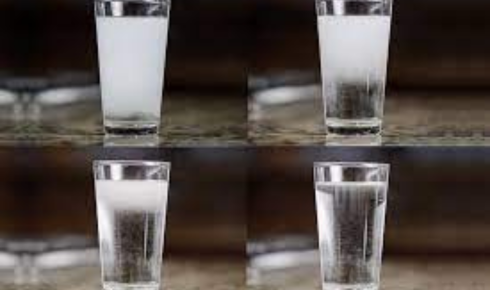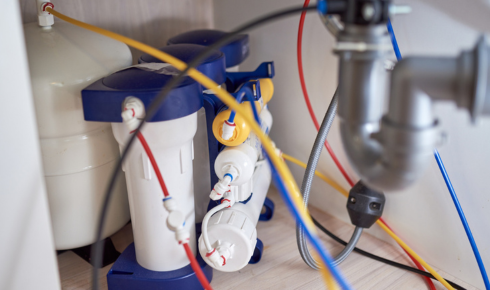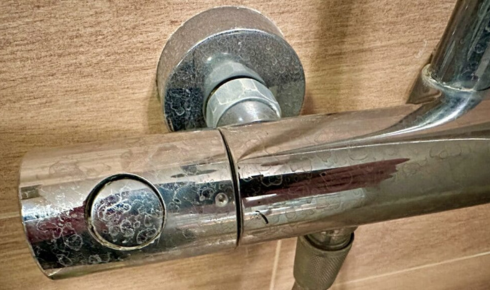There’s something quietly satisfying about pouring a glass of water that looks as clear as mountain spring air. Yet, for many households, that isn’t always the case. You turn on the tap, expecting clarity — but sometimes, what you get is cloudy, metallic-tasting, or slightly off. It’s not just about taste or appearance; it’s about trust in what you’re drinking and bathing in every day.
Water, after all, isn’t just a daily essential. It’s woven into the rhythm of life — cooking, cleaning, and keeping your home running smoothly. So, understanding what’s in your water and how to condition or filter it properly isn’t just “maintenance” — it’s part of a healthier lifestyle.
The Role of Water Conditioning in Everyday Homes
If you’ve ever noticed white residue on your faucets, cloudy shower doors, or that dry, tight feeling after a shower, you might be dealing with hard water. Hard water carries a high concentration of minerals like calcium and magnesium, which, over time, can cause buildup in your plumbing, appliances, and even your skin and hair.
That’s where water conditioning syracuse systems come in. In places like Syracuse — where mineral-heavy groundwater is fairly common — conditioning systems act as the unsung heroes of household comfort. They don’t just soften water; they transform it. By removing or altering these minerals, water conditioners help prevent scale buildup in pipes, make cleaning easier, and even extend the life of appliances like dishwashers and washing machines.
Think of it this way: conditioning your water isn’t just about luxury. It’s about efficiency. When soap lathers better, clothes feel softer, and your water heater doesn’t need to work as hard, you’re not just improving water quality — you’re reducing wear and tear on your entire home.
The Growing Demand for Pure Water Systems
As people become more conscious of what’s in their water, the shift toward pure water systems has grown rapidly. These systems go beyond softening or conditioning — they purify. Whether it’s a reverse osmosis (RO) setup under your sink, a whole-house carbon filtration system, or even UV treatment, each plays a part in removing contaminants that you don’t want floating around in your drinking glass.
Think of all the potential culprits: chlorine from municipal water supplies, lead from old pipes, sediment, pesticides, or even microplastics. Advanced filtration systems target these invisible impurities, providing water that’s clean, crisp, and safe.
It’s not just about taste — it’s about peace of mind. Parents don’t want to second-guess if the water their kids drink is truly safe. Homeowners don’t want limescale creeping up in their expensive plumbing. Businesses, too, rely on pure water for quality control, from coffee shops to hospitals.
And let’s be honest — filtered water just feels better. When you fill a pot to boil pasta or make a cup of tea, there’s something reassuring about knowing what you’re not drinking as much as what you are.
When Your Filtered Water Turns Cloudy
Now, here’s a twist that confuses a lot of people: you finally install a top-rated filtration or conditioning system… and suddenly, your water looks cloudy. Wait, what?
You might find yourself wondering, why is my filtered water cloudy even though you just invested in something meant to make it clearer? The good news — in most cases — it’s harmless. That milky or hazy look is often due to tiny air bubbles trapped in the water. This can happen when the water pressure changes, when air enters the plumbing during maintenance, or simply because cold water holds more dissolved gases that escape as it warms up.
To test it, just fill a glass and let it sit for a minute. If the cloudiness disappears from bottom to top, that’s air releasing — not contamination. It’s a mini science experiment right in your kitchen.
However, if the cloudiness lingers or comes with a metallic, earthy, or sulfur-like odor, it could be a sign of something else — such as mineral imbalance, bacterial growth in the filter, or sediment accumulation. In that case, checking or replacing filters, flushing the system, or calling a professional might be the next step.
Balancing Conditioning and Filtration for the Best Results
Here’s where many homeowners get it wrong — thinking that conditioning or filtering alone is enough. But the truth is, each system does a different job. Water conditioners primarily handle hardness; filtration systems tackle contaminants. Together, they create the ultimate water treatment duo.
For instance, if you live in an area with both hard water and chemical additives, a combined system might include a softener to remove calcium and magnesium, followed by a carbon or reverse osmosis filter to remove chlorine and impurities. It’s like giving your water a complete wellness routine — cleanse, detox, and rejuvenate.
You’ll feel the difference too — from silkier hair and longer-lasting clothes to spotless glassware and better-tasting coffee. It’s not a gimmick; it’s chemistry meeting daily comfort.
Keeping It All Flowing Smoothly
Once you’ve invested in water treatment, the maintenance part is key. Filters don’t last forever — they’re like sponges that eventually fill up. Neglecting to replace them not only affects water quality but can strain the system itself.
A few simple habits go a long way:
- Check filter life indicators (many modern systems have them).
- Schedule regular inspections, especially after plumbing work.
- Watch for changes in water pressure or taste — they’re early warning signs.
- And, of course, keep manufacturer instructions handy for flushing or resetting your system.
It’s easy to forget, but even clean water needs care. The better you maintain your system, the longer it serves you — and the fewer surprises you’ll face when you least expect them.
The Clarity You Deserve
At the end of the day, clear, safe water shouldn’t be a luxury. Whether it’s through proper conditioning or filtration, the goal is the same: confidence in every sip, every shower, every load of laundry.
Because when you take care of your water, it takes care of you — quietly, consistently, every single day.
In a world full of uncertainty, that’s one thing you can keep crystal clear.



